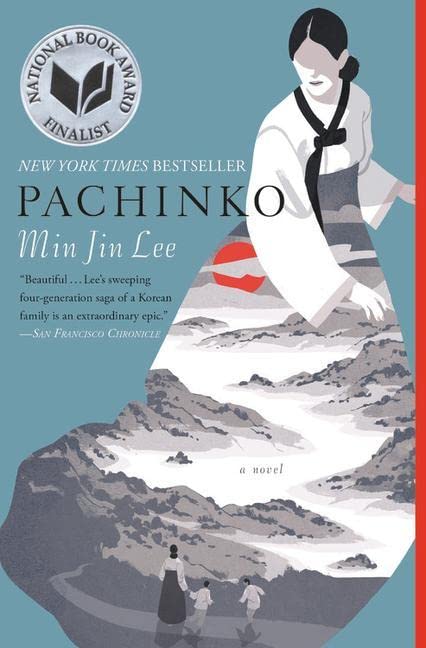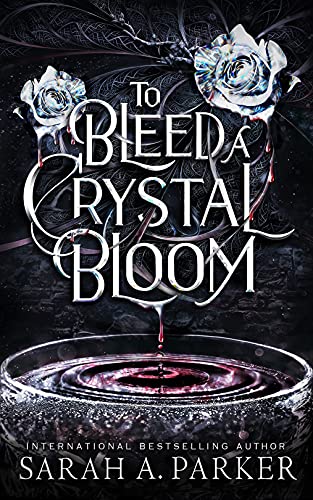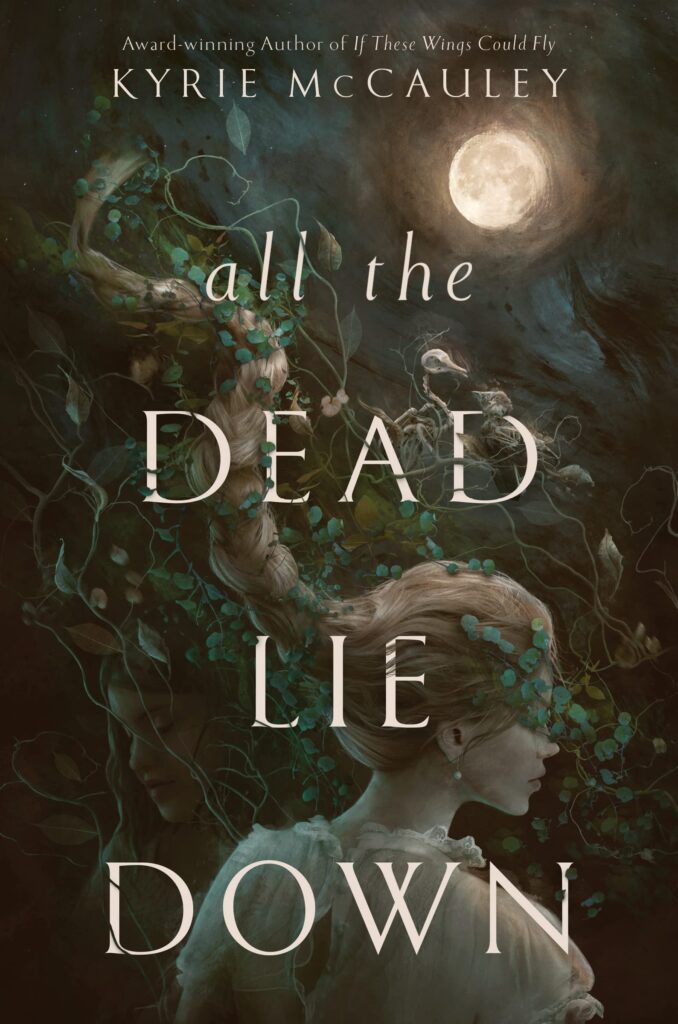
In the early 1900s, teenaged Sunja, the adored daughter of a crippled fisherman, falls for a wealthy stranger at the seashore near her home in Korea. He promises her the world, but when she discovers she is pregnant — and that her lover is married — she refuses to be bought. Instead, she accepts an offer of marriage from a gentle, sickly minister passing through on his way to Japan. But her decision to abandon her home, and to reject her son’s powerful father, sets off a dramatic saga that will echo down through the generations.
Richly told and profoundly moving, Pachinko is a story of love, sacrifice, ambition, and loyalty. From bustling street markets to the halls of Japan’s finest universities to the pachinko parlors of the criminal underworld, Lee’s complex and passionate characters — strong, stubborn women, devoted sisters and sons, fathers shaken by moral crisis — survive and thrive against the indifferent arc of history.
Introduction
To say that this book is emotionally profound would be an understatement. Pachinko delves deep into the human heart, depicting moments of intense turmoil that mirror the struggles endured by Korean families during this tumultuous era marked by warfare and upheaval. The narrative explores these trials in a poignant manner, capturing the profound impact of historical events on the family. An ensemble of characters confront the harsh realities of racism, discrimination, stereotyping, and the intricate tapestry of the 20th-century Korean experience in Japan.
“You want to see a very bad man? Make an ordinary man successful beyond his imagination. Let’s see how good he is when he can do whatever he wants.”
Overview
Pachinko intricately traces the journey of a Korean family across generations, commencing in the early 1900s within Korea. At the center is Sunja, the cherished daughter of a poor but proud family. Her unexpected pregnancy casts a shadow of shame upon her kin. When she discovers her lover already has a family, Sunja abandons him, finding unexpected salvation in a proposal from a frail young minister. This marriage transports her to Japan, igniting an expansive chronicle of an exceptional family cast adrift from their homeland, entwined in the relentless march of history. Their arduous struggles and hard-fought triumphs forge unbreakable bonds, as they grapple with matters of family and identity.
Pachinko delves into themes of discrimination, stereotypes, and power, particularly within the context of Koreans in Japan during World War II. Min Jin Lee deftly weaves historical threads, including the poignant experiences of comfort women and the multifaceted roles of women within Korean society.
The motif of the game pachinko echoes throughout the narrative, serving as a metaphor for the characters’ unpredictable and uncontrollable destinies.
Food emerges as a powerful symbol of wealth, subtly threading through the fabric of the novel. From prized white rice to the labor-intensive art of crafting kimchi, traditional meals convey the stark disparities between people. The culinary choices of characters, such as Hansu’s refined Japanese-style feasts contrasting with Noa’s working-class fast-food preferences, offer insights into their dynamics and motivations.
“Living everyday in the presence of those who refuse to acknowledge your humanity takes great courage.”
Trigger Warnings
Content warnings in the realm of fantasy literature often tread a curious path, yet I find it necessary to illuminate aspects that could serve as potential triggers for fellow readers. As this book has an extensive list I will be linking a full list to check here.
https://booktriggerwarnings.com/Pachinko_by_Min_Jin_Lee
Be advised that these warnings should be taken with care as I am not a licensed therapist, and in no way could I identify everything. The following is what stuck out to me and others and may contain spoilers.
Violence/ War/ Assault
Assault, Bombing (war-related), and police violence are only a small amount of the themes in this book. These are prolific throughout the text so be advised.
Attempted Rape
There is no actual rape in the text but it is eluded to when Sunja is cornered by young Japanese men.
Death of loved ones
Miscarriage, and death of all kinds is prolific throughout this story as it is in a warring era.
Cheating
One of the MCs is cheating on his Wife and this is brought up a lot throughout all three books.
Sex Workers
During book three this is a side character’s story, other than that it is mentioned throughout the others
Bullying
This is a prolific theme throughout the book as the Japanese treated the Koreans as less than human.
Suicide
A MC does take their own life, it is also mentioned as a cultural thing to do if an Asian woman were to fall into the hands of a Westerner.
Tropes in the Story:
- Arranged Marriage
- Family Business
- Honorable Marriage Proposal
- Marriage of Convenience
- The One That Got Away
- Struggling Single Mother
“We cannot help but be interested in the stories of people that history pushes aside so thoughtlessly.”
Thoughts
Pachinko stands as one of the most challenging reads I tackled this year, though not due to its complexity but rather the weight of its subject matter. While I thought I possessed a grasp of the WWII atrocities in Japan, the novel proved otherwise. Pachinko did one thing well, unveiling the daily lives of Koreans in Japan during that era. The narrative confronts not only the discrimination faced by our main Korean family but also delves into the struggles of the central protagonist, Sunja, navigating the complexities of her identity as a woman in a challenging time.
Amidst the backdrop of adversity, a ray of hope emanates, personified by the role of food and later pachinko. Despite the horrors depicted, the story illuminates the resilient spirit of these women, who adeptly adapt to dire circumstances, undertaking whatever daunting measures are necessary to survive.
The narrative’s themes resonate through an intersectional lens, exploring diverse identities and traversing class divisions. In an era dominated by male voices, the novel astutely spotlights the emergence of women as leaders.
In a historical context often centered around male perspectives, Pachinko presents a refreshing shift as we follow Sunja’s journey as a matriarch within a misogynistic world. Though not overtly emphasized, this subtle thread leaves a lasting impression, underscoring the narrative’s significance. Pachinko navigates a landscape of profound impact, peeling back the layers of history to reveal intricate lives, subtle yet powerful themes, and the indomitable spirit of those who persevere.
Conclusion
In essence, Pachinko unfurls as a sprawling tapestry that traverses time, intricately weaving themes of family, heritage, discrimination, and resilience into its fabric. The dynamic interplay among characters, their choices, and the subtle threads of symbolism enrich this profound voyage into questions of identity and destiny. While the book itself doesn’t exude poetic qualities, its subject matter delves into a realm of profound darkness, resonating with the somber backdrop of its historical era.
If I were to voice any reservations about the text, it would revolve around the pacing at certain junctures. Some parts tend to lag, leaving you uncertain of the time it will take to progress, while others seem to rush by in a blur. However, what stands out is how Pachinko illuminates my understanding of the profound horrors that unfolded during that period. Although the content is distressing and may prompt a desire to forget, I firmly believe in the importance of discussing these painful truths. It’s crucial that such conversations emanate from the perspective of the oppressed.
In closing, Pachinko serves as a compelling lens through which to explore the darker corners of history. Its intricate narrative opens eyes to the past’s harsh realities and, in doing so, fosters understanding and empathy.
“Patriotism is just an idea, so is capitalism or communism. But ideas can make men forget their own interests. And the guys in charge will exploit men who believe in ideas too much.”


